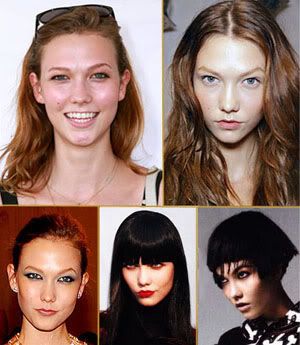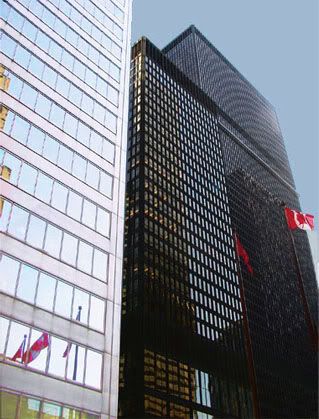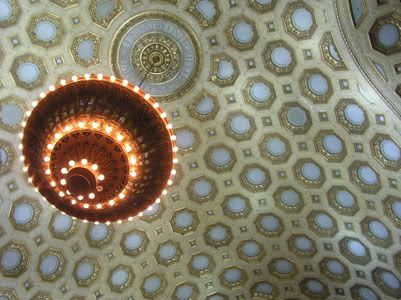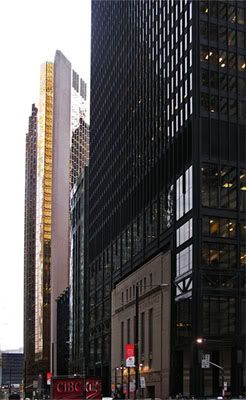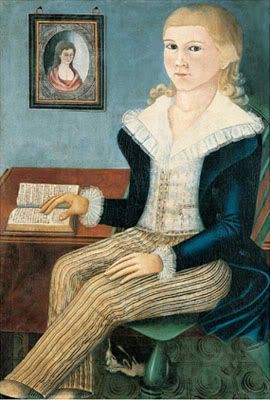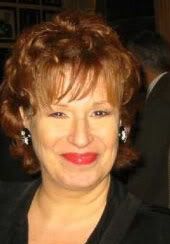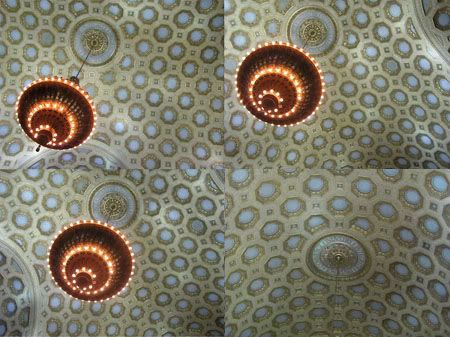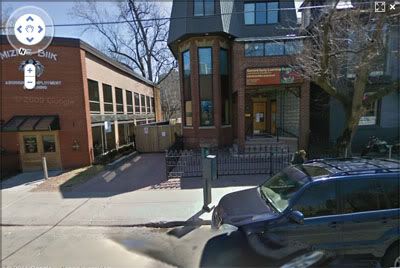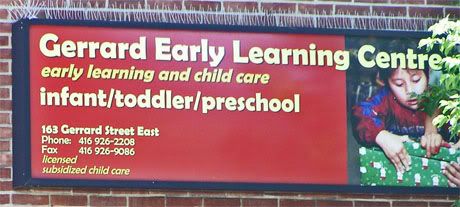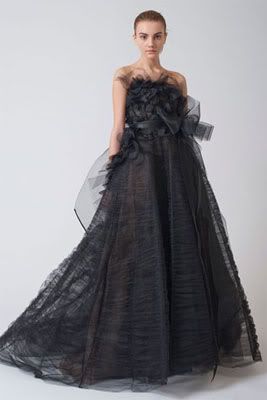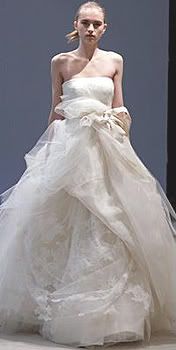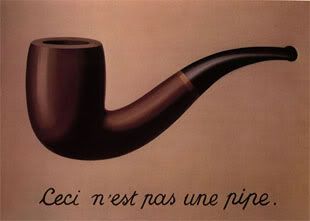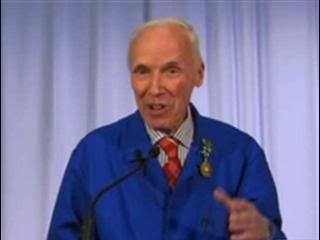"New Moon: Meadows" was choreographed by Katie Carroll and
Tonya Hughes, faculty at the
Rhythm Dance Center in Georgia,
with music by
Alexandre Desplat.
This is the dance that Melanie Moore performed at her audition for the television dance competition show
So You Think You Can Dance. The actual
audition video is full of interruptions by the "judges" who feel compelled to "express themselves" by talking loudly during this quiet performance. They were clearly moved by something, and I think there were some beautiful moments, which I discuss below. The Youtube video above is of Melanie performing at the National Jump Dance Convention in 2010 where she won the National Senior Female VIP scholarship which
includes:
- $400 scholarship to a future Break The Floor Productions' Intensive within one year of issue
- One JUMP Tour Scholarship, to be used at any JUMP regional workshop
- One JUMP National Finale Workshop Scholarship.
- Eligibility to compete to be the National JUMP VIP at JUMP's National Finale in NYC.
------------------------------------------------------------------------------------
I've been watching the dance competition show
So You Think You Can Dance almost from the start of its programing, and hardly missed an episode this season. I'm trying to see if dance, classical, artistic, dance can make a comeback. I think it can.
Melanie Moore seemed the likely winner from the start of this season, as she glided through into each consecutive week, until she made the finals. Despite the tension, and her modesty, she made it as the winner.
Her style is a mixture of avant-garde modern and classical ballet. She seems to be channeling a Swan Lake swan, despite the non-aquatic name of the piece, in her audition dance "New Moon: Meadows." She is also very strong, so there is a bit of gymnastic athleticism in her movements. With her ballet movements, she is expansive and extroverted, although she is only 5'4". When she reverts to the modern style, she pulls in and appears even smaller than her already small size.
Her dance "New Moon: Meadows" was choreographed by Katie Carroll and Tonya Hughes, faculty at the Rhythm Dance Center in Georgia, where Melanie studied before she left for Fordahm University in New York. The music to "New Moon: Meadows" is by Alexandre Desplat, a well known composer for film, including
The King's Speech and Roman Polanski's
The Ghost Writer. I review the soundtracks for both films
here (
The King's Speech, at Camera Lucida) and
here (
Ghostwriter, at Frontpage Magazine).
Her audition dance (see the above video) appears in many other performances, so I think it is her signature piece.
Using these (slim) pieces of evidence, I think that she loves ballet, the beauty of ballet, yet she gets compelled to put in her "quirky" personality into her pieces. "New Moon: Meadows" was choreographed by her teachers at dance school, and I presume that they created this piece for her, to fit her personality.
This is the
modern artist's worship of self-expression and individualism, which becomes "quirky" at its lowest denominator, and when fully expressed is simply ugly. I think the rejection of beauty is a modern phenomenon, and I've written about this in several posts (see the subject "Beauty" on the side panel). Beauty has standards, irrespective of the individual. Not many can attain the rigors of beauty (although beauty is there to be enjoyed by all). Artists are at the forefront of beauty. They create it, they maintain it, and they propagate it. When they have nothing to say about beauty (or with beauty), the world gets that much poorer.
A young dancer (artist) like Melanie is stuck in this world which understands beauty, yet undermines it at the same time. Her instincts, and artistic abilities, tell her to aim for beauty. Yet everyone around her encourages her self-expression, which doesn't have the beauty of ballet (I am reluctant to call her movements ugly, since she is really a very good dancer). Thus, this modern style of dance is advanced by her mentors and teachers.
Perhaps the only recourse for talented and sensitive dancers like Melanie is to break away from these teachers, and to study how dance contributed to history and civilization, and to recreate those traditions and ideas. I don't see a long life for modern dance.
The interesting thing is that Melanie is not studying dance at Fordham, but painting (art). I wonder why she chose this? Could it be that dance, or the dance instruction she received, has left her bereft, and she channeled her talents in the arts into painting and drawing instead?
Perhaps as she gets older, she might construct her own dance method and theory. After all, that is the tradition in America. It is great that she auditioned for
So You Think You Can Dance, even as she attends Fordham as a painting student. That means she's still enthusiastic about dance. The national recognition through winning the competition will surely help her to develop independently the dance language and ideas she is searching for.
Last season's winner was also a young woman,
Lauren Froderman, and she had a similar style to Melanie's: part athletic, part graceful, part inelegant. Her audition tape again show that her style was formed before she came on the program. And now, a year later, she has
started a dance company which tours and teaches young dancers.

